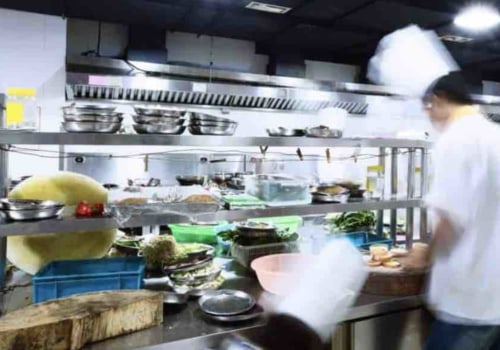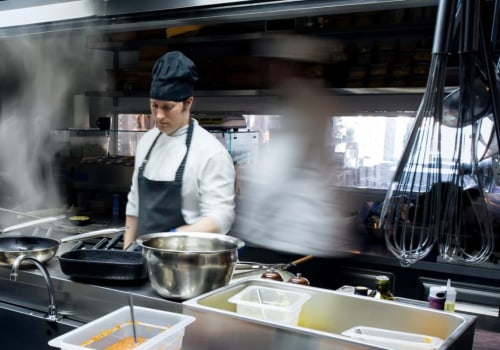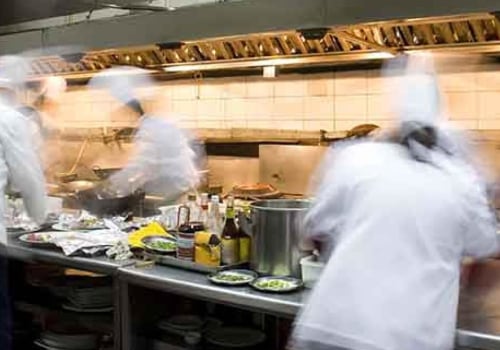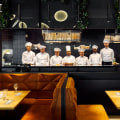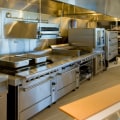And in apps like Grubhub and DoorDash, listings of restaurants that operate with ghost kitchens don't usually look different from traditional establishments. For example, where I live in Northern Colorado, there's a restaurant called Rocco's Ravioli that appears on apps. But Rocco's doesn't have a shop window. It's a food delivery service that makes food in a ghost kitchen.
A ghost kitchen, also known as a dark kitchen or in the cloud, is a cooking operation that prepares dishes only at home. It does not offer an indoor dining room, self-service or parking for guests. This makes it impossible for customers to eat and run. Basically, it's a physical space for operators and chefs to create food for deliveries.
Ghost kitchens, also known as dark kitchens, are commercial kitchens optimized for food delivery services. Each delivery kitchen is located in areas with a high concentration of demand for delivery. The kitchens themselves don't have a storefront and the staff prepares dishes from their menus that are only available for home delivery. Think of it as a virtual restaurant that works like a digital store, with some members of the company's staff working on online order fulfillment.
Instead of a physical location, your presence is digital, allowing you to reach more customers than you could with just one physical location. Ghost kitchens can operate from existing restaurant brands or function as stand-alone facilities. Ghost kitchens tend to be more attractive because of their lower overhead costs and faster start-up process. Anyone can cook their hamburger, tacos or pizza anywhere, which makes the ghost kitchen concept so lucrative and attractive to owners and investors.
Ghost kitchens allow restaurants to expand their presence on third-party delivery apps, such as DoorDash, GrubHub and Uber Eats. In short, ghost kitchens are physical spaces for operators to create food for consumption outside the facility. To put the value of a ghost kitchen into perspective, let's say you have a franchise restaurant and, due to the pandemic, you had to close. So what is a ghost kitchen all about? It is a concept that allowed restaurants to prepare food for home delivery when there were gastronomic restrictions.
Ghost kitchens are food preparation operations without waiters, dining room or parking; in reality, without any public presence. We all know that restaurants are a low-margin industry, but ghost kitchens help you maximize those profits by managing your home delivery business more intelligently. In short, a ghost kitchen provides you with an opportunity to build a successful restaurant concept and get back to normal. More and more often, the food you order from a home delivery application is prepared by chefs who work for a restaurant that doesn't really exist, at least not in the traditional sense.
The meaning of the ghost kitchen comes from the fact that there are no waiters, no public presence or dining room. Even national chains such as Chili's and Applebee's used ghost kitchens to maintain cash flow and try new menu dishes with different brands in case the ideas failed. Ghost kitchens can house a brand that only makes home deliveries or several separate entities in the same building. Ghost kitchens come in all shapes and sizes, and some spaces are shared and others are used by a single brand of restaurants.
